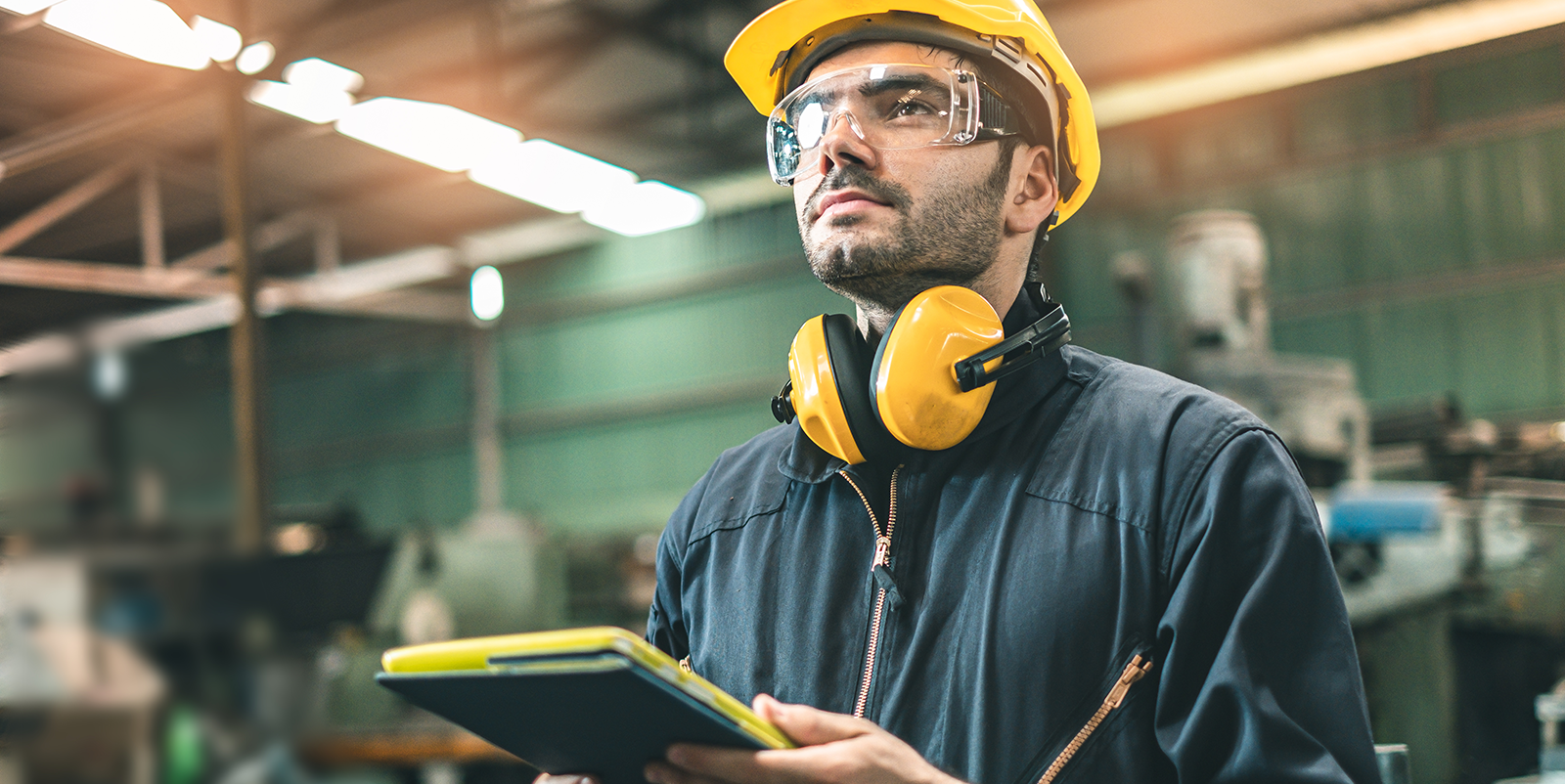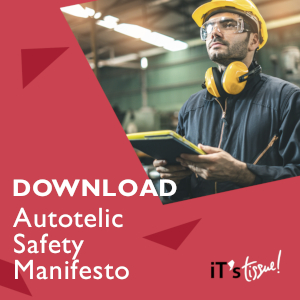
September 22 2021
The safety of professionals working with machinery and of all those that contribute to the various stages of tissue’s production is a structural goal that can be accomplished starting from some basic principles. The iT’s Tissue companies are working towards a new paradigm: autotelic safety.
Autotelic safety as an asset
The term “Autotelic” perfectly describes the place that safety should hold in a work environment. This word originates from the Greek concepts of αὐτός (autos) and τέλος (telos) and describes all those actions that find meaning and fulfillment in themselves. This word was brought from linguists’ dusty shelves into current usage by Mihaly Csikszentmihalyi: in his famous “Flow Theory”, Csikszentmihalyi described the “autotelic personality” as the most apt to experience flow. Autotelic people are focused on the here and now and enjoy each experience in the moment, finding pleasure in an act, regardless of its utility or relation to external goals.
It is against this background that iT’s Tissue companies are developing a new paradigm of work safety, as part of an ongoing discussion between companies and people about the meaning of business. We firmly believe that autotelic safety is the next step: it shouldn’t be seen as a duty by law, a moral responsibility or, even less, an obstacle to workflow, but as an all-encompassing vision that should become the essential foundation for any business concept. Safety must not just be a work function meant to safeguard people, but a basic asset, in the same way words are a basic asset when it comes to speech: we cannot imagine any conversation unless we consider words’ existence as a given. Unfortunately, in many places around the world safety still remains – keeping with the analogy between work and speech – a concept that is way too often equated to speech rules, enforcing a register, a syntactic choice, or the prohibition to use certain words according to context and occasion.
Safety also means thinking about the process in totality, starting from people’s safety, through production sustainability, raw materials and machinery control, production continuity, energy saving and final product quality.
Considering autotelic safety as an asset means making it not a goal, but standard routine.
Industrial Safety between Reliability, Redundancy, and Training
Thinking about safety-related topics also entails an accurate assessment of the practical and theoretical tools that allow the development of machinery and systems able to combine performance and complete safety. These are just a few of the matters tackled as the iT’s Tissue network defines the rationale for safety.
Safety and Reliability
Ensuring steady production, that respects quality and speed standards, and at the same time is safe for operators, is a matter of reliability. Reliability is a percentual index used in engineering to indicate the probability of a system working without breakdowns over a certain time and within a specific environment. Reliability engineering evaluates indicators such as availability, probability and breakdown rate, the mean time to failure, tools lifecycle and other variables that contribute to the formulation of very precise descriptive and forecast models. Machinery and equipment developed in an IoT environment bring the equations’ results close to perfection.
From stochastic methods (such as Monte Carlo method, Markov analysis, and Poisson distribution) to redundancy logic, reliability analysis and assessments are ever evolving.
Safety and Redundancy
Redundancy logics are common to several engineering disciplines: they are considered essential for the development of machinery or industrial equipment. Redundancy theory argues that breakdown is less probable in a few parallel systems than in a single system. This is why the planning stage should consider self-diagnostic systems, functional chains, components realized with active or passive redundancy, single- or multiple-path redundant components and devices that, depending on the context, provide facilities with maximum safety.
Redundancy levels are decided case by case, according to employment and depending on the sensitivity of phases and components. Let’s take a cobot (also known as co-robot) that supports workers in the storage process as a case study: designing such a tool requires a basic system able to detect breakdowns and stop the moving robot, so as to avoid, for instance, storage workers being crushed. The optical sensor, however, may be prone to malfunction: hence, an impact sensor is also needed as an alternative and the possibility of remote stopping by a worker must also be considered.
All this relates to redundancy safety. The autotelic safety paradigm expands the vision and identifies designing models that would consider the cobot’s energy efficiency, the layout’s suitability and functional flexibility.
Clearly, redundancy is not only applied on a single device or piece of equipment, but also on the system’s rationale, with the intervention of a controlling engineer to coordinate its interdependent and collective functioning, taking into account the environment, the context, and the presence of people within a facility.
Safety and training
Young and old, professionals cannot work properly without basic safety training. Active safety, implemented by people, requires one to know what to do, how and when to do it: it is an essential requirement in the workplace. Safety entails also, and most importantly, other aspects: new routine procedures, criteria, and new ideas make it an ever-renewing process. A truly autotelic approach to safety requires a further step: to consider individuals in their entirety – what they feel, what they think, their psychological and emotional state when they do their work. Considering people sensitively certainly has an impact on wellbeing, but it is also a relevant spill over for safety: in order to react to an unforeseen hitch, knowing what to do is not enough – we also need the appropriate mindset (or the appropriate flow, to get back to where we started). This is but a step in creating autotelic safety: one of the most effective ways to achieve this goal is thinking about work through the lens of “nudge”.
If you want to see the Autotelic Safety Manifesto and download the self-evaluation questionnaire to find out whether your company is ready to embrace autotelic safety, fill in the form.
Focus: Nudging, or the “gentle push”
Nudge. Improving decisions about health, wealth, and happiness (2008) is a book by Richard Thaler and Cass Sunstein that thoroughly investigates the concept of choice architecture. Observing social phenomena and assessing the effectiveness of nudges over people or social behavior, the authors concluded that if one intervenes in the context in which behavioral choices are made, people will end up acting and reacting in specific ways: a smartphone ringtone provides us with an excellent example. Several people will keep the default ringtone: no psychological targeted campaign or advertisement will have the same effectiveness in determining one’s choice as setting a specific ringtone as default while designing the product.
How can we apply nudge to safety issues? Pondering the question is already a first step, but if you want to know more, subscribe to our newsletter and keep following us.

